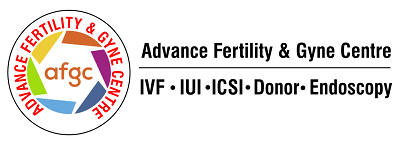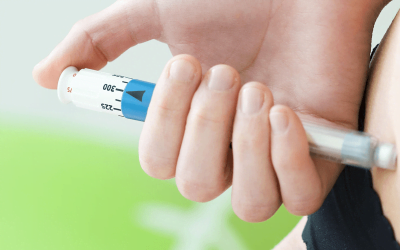Day of Transfer

Blastocyst Embryo Transfer Treatment in Delhi
Gauging the embryo quality and determining the right day for embryo transfer depends on several factors as well as individual circumstances. Usually, in vitro fertilization (IVF) embryos are cultured in the laboratory for several days before being transferred to the uterus. The two most common stages for embryo transfer are Day 3 and Day 5 (also known as blastocyst stage).
Day 3 embryo transfer: On the third day after fertilisation, embryos usually consist of six to eight cells. At this point, they are still in the cleavage stage and so, they are yet to reach the blastocyst stage. Day 3 embryos are typically transferred into the uterus at this stage.
Day 3 transfers facilitate earlier implantation, as the embryos are inherently in their natural stage like they are in the uterus. That said, since these embryos have not developed into blastocysts, it may be difficult to select the most viable embryos.
Day 5 IVF embryo transfer (blastocysts): By Day 5, embryos go on to develop into the blastocyst stage. This is characterised by two distinct cell types: the inner cell mass (ICM) and the trophectoderm.
The ICM eventually forms the fetus, while the trophectoderm develops into the placenta. Blastocyst transfers help provide more time to embryologists to select embryos of the highest quality, as they have developed further and are more likely to implant successfully. Additionally, transferring fewer blastocysts can help reduce the risk of multiple pregnancies, as blastocysts with high implantation potential can be identified in prior.
It’s worth noting that the decision between Day 3 and Day 5 embryo transfer depends on the patient’s age, previous IVF results, the number and quality of embryos available, and the recommendations of the fertility clinic and healthcare professionals involved. Each individual’s situation may vary, so it’s essential to consult a fertility specialist who can assess the specific circumstances and provide personalised recommendations.
Fresh v/s Frozen Embryo Transfer
Making a decision on fresh or frozen embryo transfer is a critical decision in the field of assisted reproductive technology. These approaches are part of IVF treatments, each with its own set of advantages and considerations.
Fresh embryo transfer involves implanting an embryo shortly after it’s been created, typically within a few days of egg retrieval and fertilisation. This method is preferred for certain medical conditions or age-related factors. However, it can lead to a higher risk of ovarian hyperstimulation syndrome (OHSS) and may result in a less receptive uterine condition due to the medications used during ovarian stimulation.
On the other hand, frozen embryo transfer involves freezing embryos for usage in the future. This technique allows cycle optimisation, avoiding the complications of a fresh cycle and ensuring smooth recovery of the woman in question. Additionally, it also offers flexibility in timing, allowing for genetic testing of embryos and synchronisation with a woman’s natural cycle.
Ultimately, the choice between fresh and frozen transfer depends on the person’s health condition and medical recommendations. Both methods have proven successful in achieving pregnancy, and your fertility specialist can guide you in determining which approach is best suited to your unique situation.
Day 5 IVF embryo transfer is significant as it typically corresponds to the blastocyst stage. Because of their higher developmental potential and increased likelihood of successful implantation, these advanced stages enable better embryo selection.
The key difference between Day 5 and Day 3 embryo transfer lies in the developmental stage of the embryo. Transfers on Day 5 involve blastocysts, which have undergone additional cell division and may result in higher implantation rates than embryos transferred on Day 3.
A Day 5 Embryo Transfer might be recommended for several reasons, including a higher likelihood of selecting the most viable embryos, allowing for extended culture to the blastocyst stage, and aligning with the natural timeline of embryo development.
The advantages of a Day 5 Blastocyst Transfer in IVF include better embryo selection, improved synchronization with the uterus, and the potential to transfer fewer embryos while maintaining high success rates, reducing the risk of multiple pregnancies.
Yes, a Day 3 Embryo Transfer is still a viable option. In certain circumstances, such as when there are fewer embryos available, or when Day 3 transfer better fits the patient’s treatment plan, it may be advised.






